

This store requires javascript to be enabled for some features to work correctly.

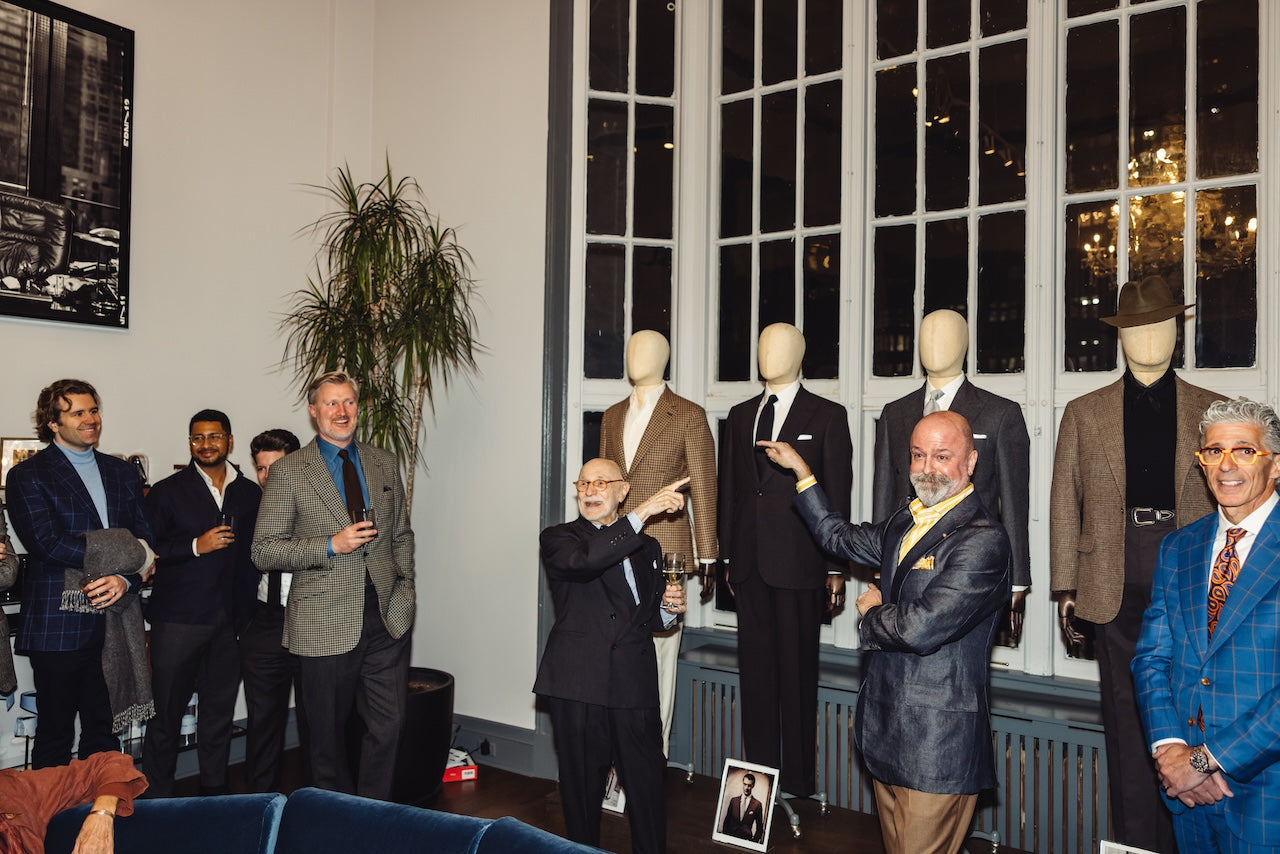
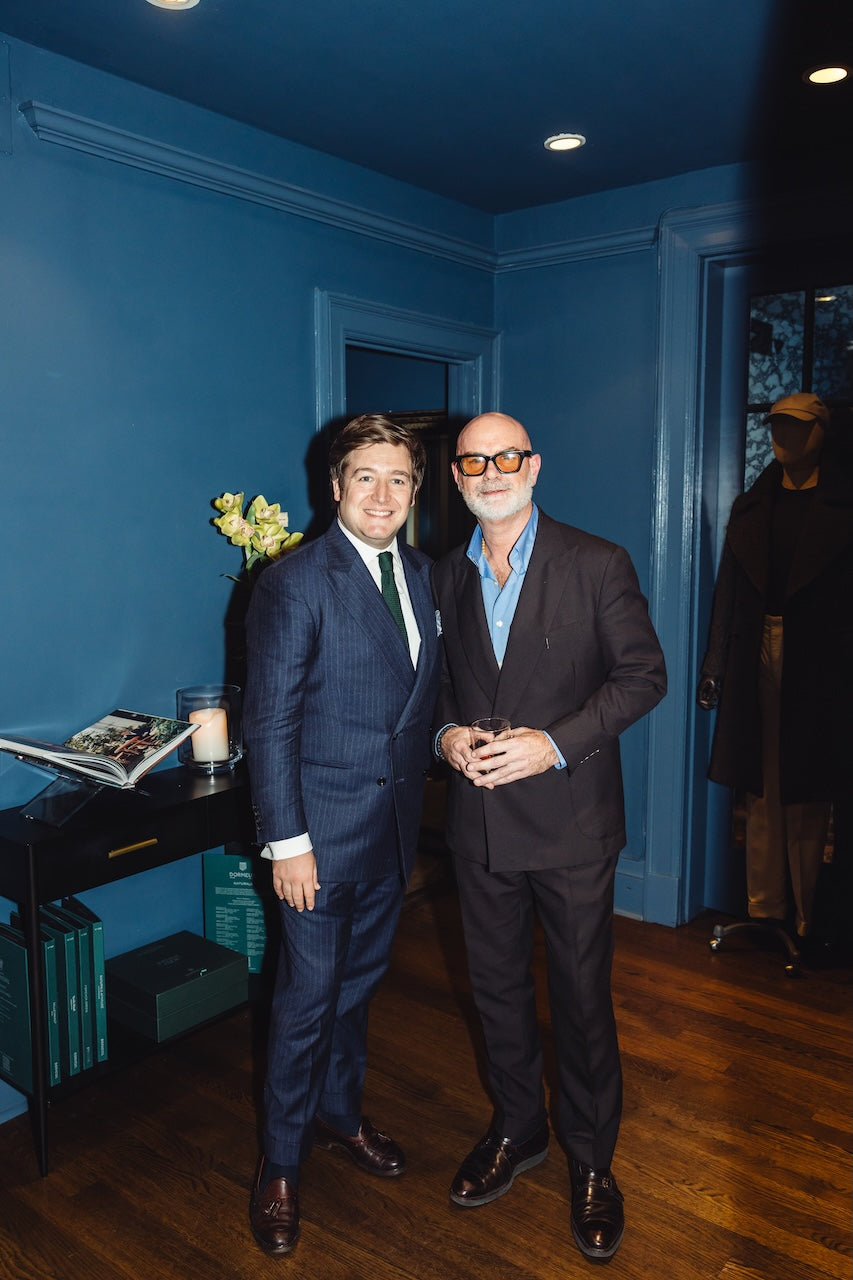
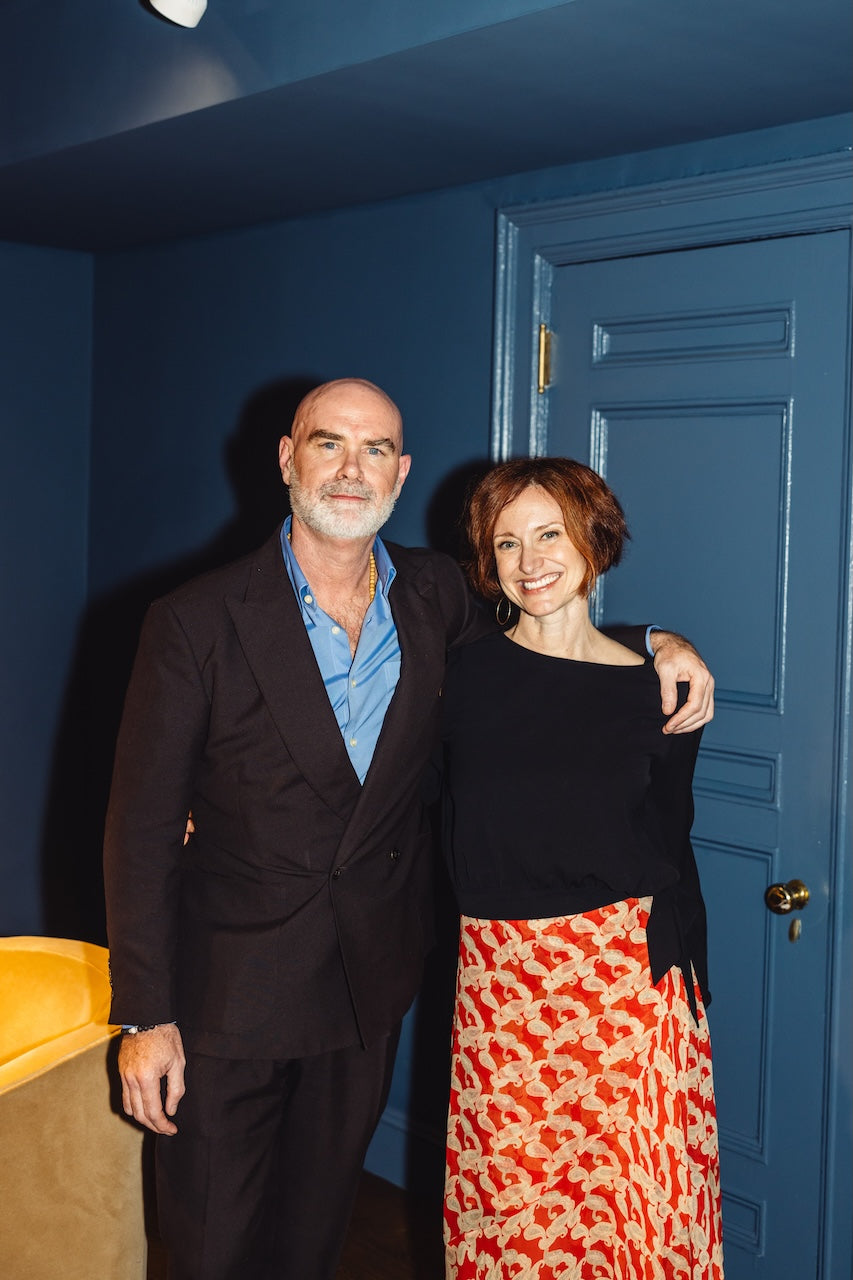
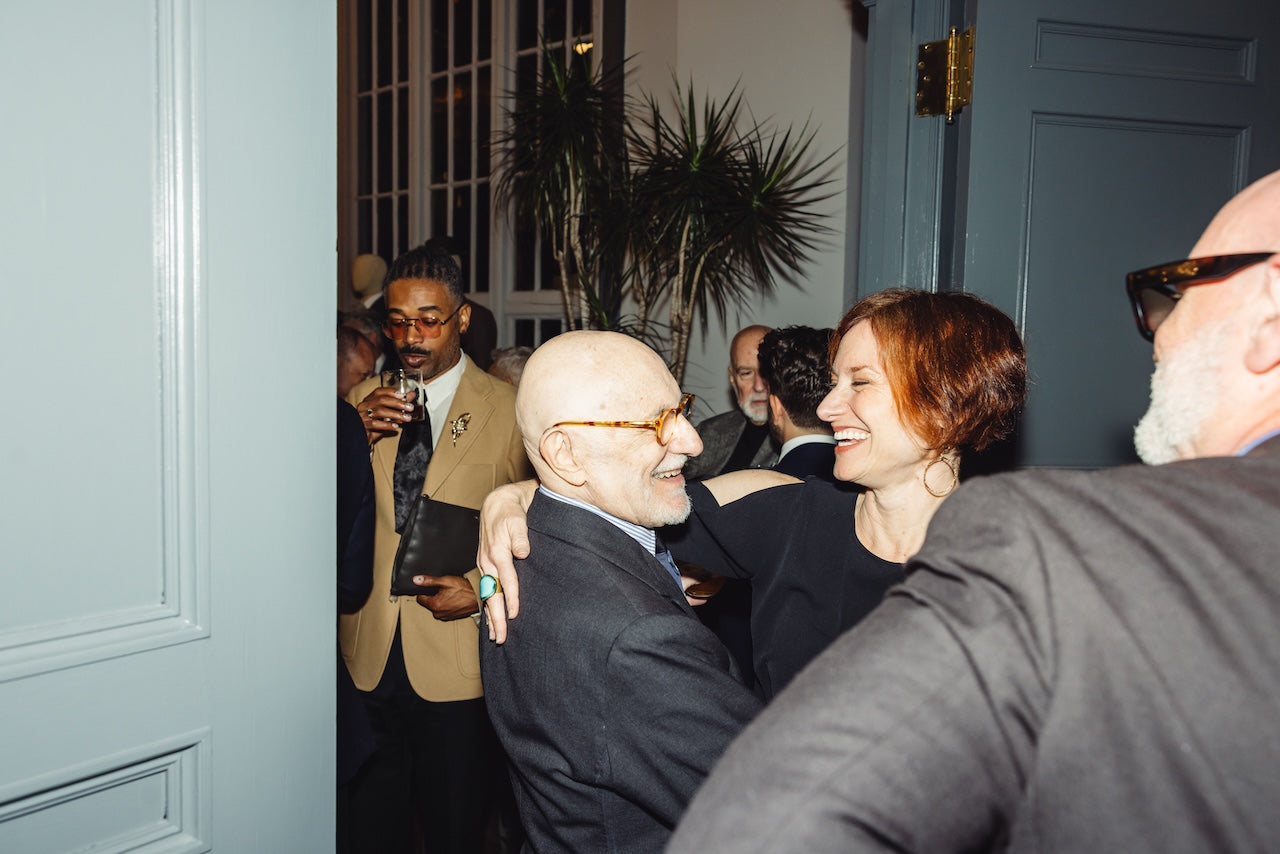
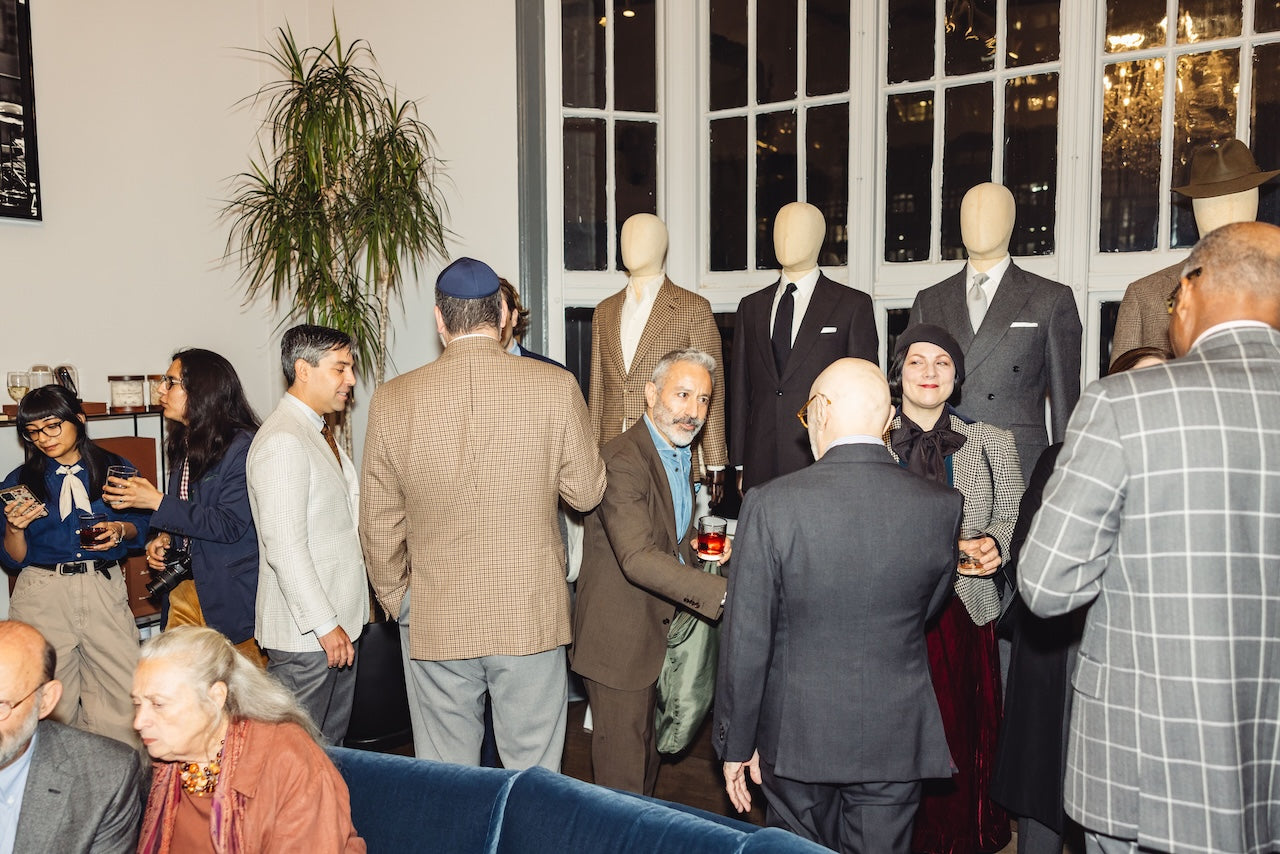
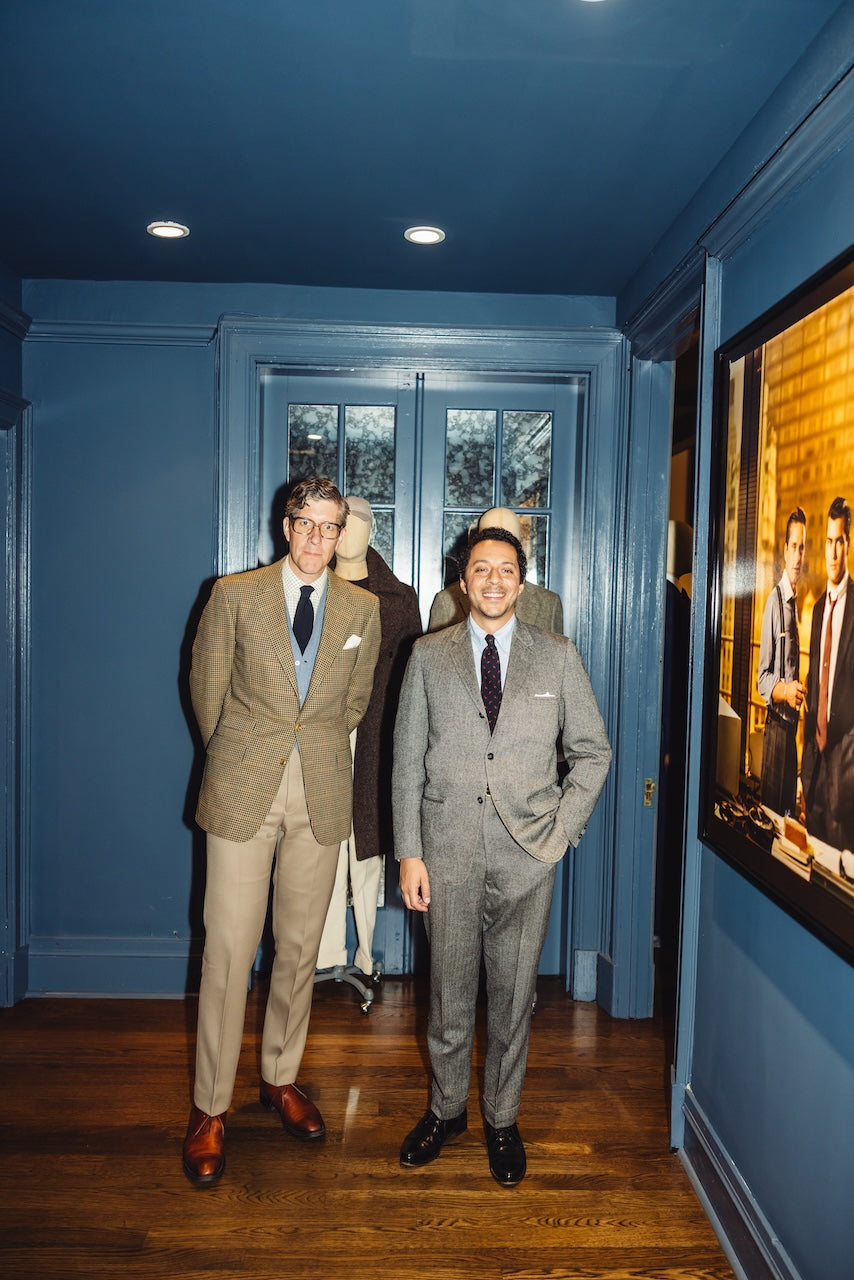
This year marks the 100th anniversary of Gary Cooper’s debut in films. When he died in 1961 at the age of sixty, Gary Cooper was eulogized around the world as the public symbol of the honorable American. In his thirty-seven year film career, he starred in over a hundred movies, a dozen of them among the most memorable films ever made. As a leading actor, he was nominated for an Academy Award six times, and won twice (for Sergeant York and High Noon), as well as receiving an Honorary Academy Award for a lifetime of memorable screen performances.
He starred in romantic comedies and war movies, biographies, spy thrillers, historical dramas, and films of social conscience. And in almost thirty Westerns. High Noon ranks as one of the half-dozen films defining that genre, and in the opinion of many critics is the best Western ever made.
In the years spanning his long career there were other leading men who had a more cynical, street-wise appeal (Gable, Bogart, Cagney), more sophistication (Charles Boyer, Ronald Coleman, Cary Grant), more rugged energy (John Wayne), a darker sensuality (Valentino, Tyrone Power, Burt Lancaster), more boyish charm (Jimmy Stewart, Joel McCrea), or more tough-guy panache (Robert Mitchum, Kirk Douglas, Sinatra). But Cooper was, in critic Richard Schickel’s phrase, the “Democratic Prince”, the haltingly shy man of simple virtue, and a code of honor that unavoidably clashed with mega politics. He remains one of the few actors whose portrayals of naivety wear well, without embarrassment either to himself or the audience. It was a style based on natural gracefulness, at a time when naivety and gracefulness were in style.
He was born in the frontier town of Helena, Montana at the start of the 20th Century, and he got to ride as many horses and see as many herds of cattle as any cowboy he later portrayed in films. Both parents were English, and Cooper’s father insisted that Gary and his older brother Arthur be sent back to England to attend the private school from which he had matriculated. And so by the time he reached his adolescence, Cooper had the advantage of a rough-country as well as a highly civilizing education. He had learned his Latin as well as his quarter horses. It had all something of the American democratic ideal about it: this handsome young man had learned his manners and his lessons, and yet was as rough-and-tumble as they come. And it’s that blend which defines his acting image of the American Everyman.
When Southern California beckoned, Cooper drifted into films as a stuntman and extra on cowboy sets. At six foot three inches, and weighing 185 pounds, with light brown hair and vibrant blue eyes, Gary Cooper was as handsome as anything and looked superb in contemporary clothes, or anything else. No matter what costume he put on, he looked like he owned it. The camera loved him, and so did the box office. As a young, single man in Hollywood, he had the deserved reputation for acquiring the most beautiful women and fastest sports cars (and vice versa), not to mention a refined and perfectly tailored European wardrobe, and renowned bachelor’s lair.
Cooper's best biographer Jeffrey Meyers points out: “Cooper had natural good taste, always wore elegant clothes and was one of the best-dressed actors in Hollywood. He inspired fashion stories in Flair, Women’s Wear daily, Esquire, and Movietime, and if he hadn’t been a movie star, he could have had a great career as a model.” Early photos by Cecil Beaton, Clarence Bull and others easily make that case.
He obviously had learned something about proper gentlemanly dress when he was a boarder at school in England, and Meyers notes that he bought custom clothes from Savile Row’s finest tailors, shirt makers, and boot makers whenever he went back to visit. At the end of 1929, English fashion photographer Beaton photographed him in Hollywood for Vogue:
“He was absolutely charming, very good looking with black eyelashes as thick as the lower lid on the upper. Very tall, a good figure, and such a good sort … He was extremely smartly dressed with a brown hat to match his suit and gloves, very elaborate gloves with green spots in the lining.” [Vickers, p. 127]
Cooper worked untiringly in those early years, but after making four films in the first half of 1931 alone, including the steamy Morocco, which was Marlene Dietrich’s introduction to American audiences, he retreated to Europe for a rest cure. On his return to the U.S.A. in 1932, having spent several months in Italy, he appeared quite the dandy. He had trunks full of clothes, and there are many photos of him at this time sporting elegant double-breasted overcoats and suits, spotted silk ties and ascots, pristinely cut tweed sports jackets, fedoras and bowlers, smartly furled English umbrellas, and sleekly polished handcrafted brogues. His urbane assemblage included a fresh boutonniere, cigarette holder, pigskin gloves, and silk pocket square.
The labels in Gary Cooper's wardrobe read like a Who’s Who of the best custom tailors, boot makers, and haberdashers in the world: Brioni, Lesley & Roberts, Caraceni, Battaglia, Charvet, Huntsman, Anderson & Sheppard, Knize, Turnbull & Asser, Dunhill, Brooks Brothers. American designer and friend Bill Blass noted, “More than anyone, Cooper was responsible for fusing the essentially formless but wearable aesthetic of the American West with the narrow, formal silhouette of European design. That set him apart from the Gables and Grants. That gave him American-icon status.”
Inasmuch as he’s often compared with Cary Grant – both were incredibly handsome, great dressers, debonair – try to picture Grant in a Western. Even Grant’s costume dramas were his weakest performances. To make a different contrast, John Wayne – although he often played modern soldiers – was never quite at ease in contemporary dress. And on those few occasions when Astaire wore western attire, he just looked silly. Cooper wore it all, and had style in every pore.
The fact that he was something of a dandy and was an accepted member in international society was kept carefully private and hidden. It simply didn’t fit his screen persona that he would have dinner with the Duke and Duchess of Windsor, discuss art with Picasso, or go hunting with Hemingway. In the days when there was little irony in Westerns and the only disturbing darkness came from the bad guys’ hats, what would we think of cowboys who had gone to English prep schools, have fiery affairs with Continental countesses, and hobnob with English dukes and world- renowned novelists? Did Roy Rogers go dancing at the Stork Club or El Morocco with Dale Evans? But he was not the simple, monosyllabic cowboy of his latter image. His more truthful image was captured better by Irving Berlin:
Dressed up like a million-dollar trouper,
Trying hard to look like Gary Cooper,
Super duper!